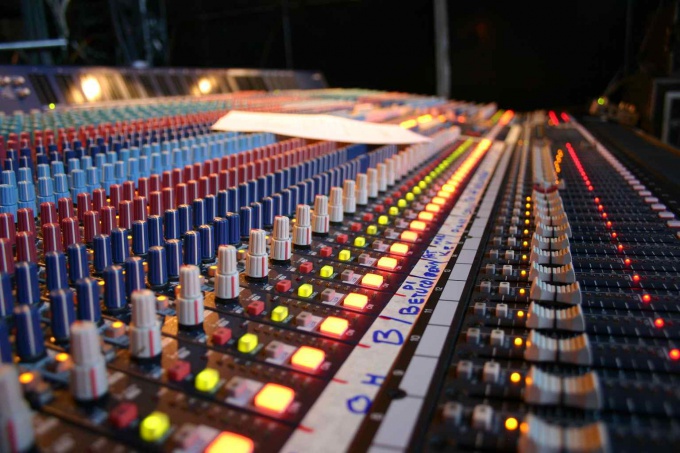Instruction
1
If you are engaged in the equipment of the Studio, it is better to choose a condenser MIC, though he need an external power source. Do not attempt to connect a condenser microphone to the sound card. Keep in mind that using a condenser MIC, you'll have to take care of special matching device combined with a power source. All of the above elements are part of the mixer. To reduce the influence of acoustic noise attach the microphone stand or a stand with a special shock-absorbing suspension.
2
Connect a dynamic microphone directly to MIC input on the sound card. The second way to reconnect using the line input of the sound card. Give is preferable to connect to the line input because you will get less noise. Use caution when connecting dynamic microphones to the mixer or microphone amplifier, which have a phantom power supply that provides the functionality of condenser microphones. Turn off the phantom power supply to avoid failure of dynamic microphone.
3
If you have to connect a condenser microphone, use the microphone input of the mixer. Similarly you can connect a condenser microphone to a microphone amplifier having a source of phantom power. Check the connection between the outlet of the mixer or the output of the microphone amplifier and the line input of the sound card.
4
If you have problems entailing interference caused by electromagnetic radiation, then connect the microphone to the mixer, applying a symmetrical switching. The signal from the microphone to the mixer will be transmitted through shielded twisted pair wires. Compare with the signal transmission from source to receiver single-core shielded cable. In a variant of the twisted pair of wires passing through a single wire, the signals are transmitted without changes. Such signals are also called "hot", "plus" or hot (+ve). On the other wire will be transmitted the same signal but in opposite phase. Such signals are called "cold", "negative" or cold (—ve). Any wire, even if it is shielded, at the same time functioning as an antenna, and consequently perceives interference, but at the input of the mixer will be a subtraction of the second signal and compensate for it.
